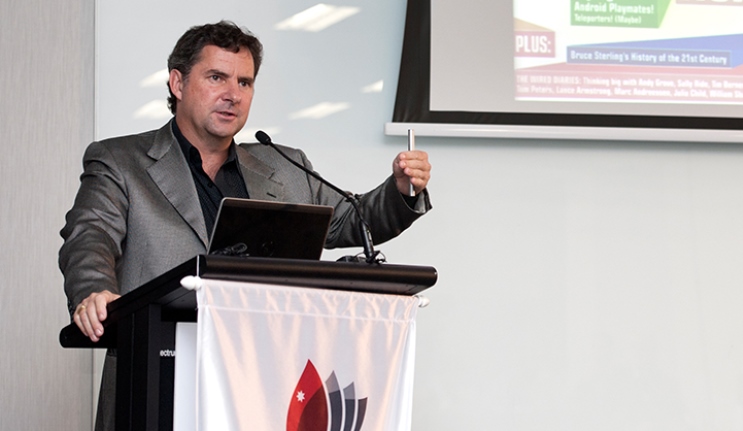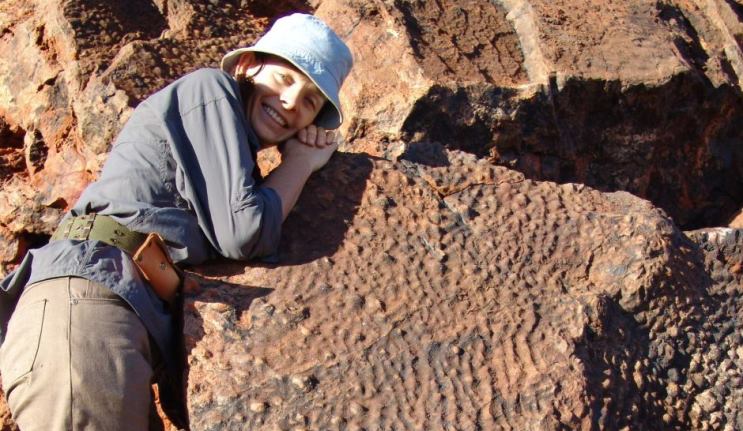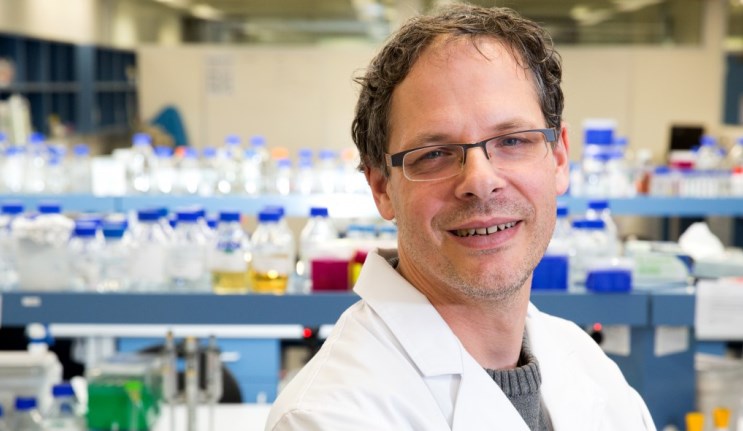- Home » Science/Technology/Environment (Page 15)
Science/Technology/Environment

Macquarie alumnus to head CSIRO
Technology entrepreneur and venture capitalist Larry Marshall has been appointed to head Australia’s peak science and research organisation CSIRO when current chief executive Megan Clark steps down in 2015. Dr Marshall, who has a doctorate in physics from Macquarie, was chosen from a field of more than 70 candidates for a role that is arguably the most important position in national scien...

Change your life with postgraduate study
Postgraduate study can help you broaden your career options, open doors to more financial security, professional success and valuable business connections, while fitting around your busy life. Whether you want to study full-time or part-time, need to fit your studies around kids or a busy social life, Macquarie has a range of postgraduate study options to help you develop the balance...

Macquarie graduate’s mission to Mars
Macquarie University alumna Dr Abigail Allwood has become the first woman – and the first Australian to lead a NASA team searching for signs of life on Mars. Dr Allwood’s PhD, which she completed at Macquarie in 2006, examined ancient evidence of life on Earth and how it could be relevant to the search for life on Mars. Her discovery of some of the oldest evidence of life on Earth in WA...

Launch of the Faculty of Medicine and Health Sciences
One of the joys of leading a university is the possibility it presents to make a real and lasting difference to people’s lives. The most obvious impact we have is on the lives of our students who, in their studies and social lives on campus, are able to follow their interests and turn them into rewarding and fulfilling careers. Universities also have a responsibility to research and creat...

Professor Ian Paulsen awarded Australian Laureate Fellowship
Professor Ian Paulsen, Professor of Genomics and Deputy Director of the Macquarie Biomolecular Frontiers Centre has been awarded a prestigious Australian Laureate Fellowship. He will receive $2.7 million in new funding to boost his research into bacteria and its effect on the marine food web. “When people think of bacteria, they usually just think of them as germs that cause disease,�...

Embalming study ‘rewrites’ key chapter in Egyptian history
Macquarie researchers have discovered new evidence to suggest that mummification started in ancient Egypt 1500 years earlier than previously thought. Traditional theories on ancient Egyptian mummification suggest that in prehistory — the Late Neolithic and Predynastic periods between c. 4500 and 3100 B.C. — bodies were desiccated naturally through the action of the hot, dry desert sand....